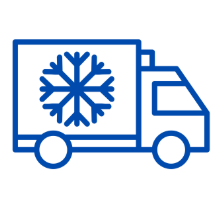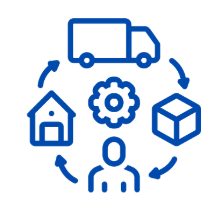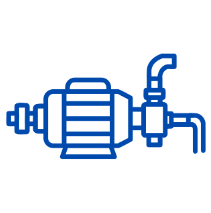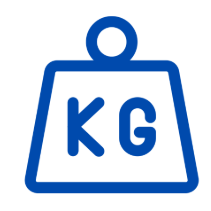Transport & Logistics
The transport and logistics industries are embracing the power of the Internet of Things (IoT) to enhance efficiency, ensure safety, and deliver a more seamless customer experience. IoT technology helps track assets, optimize routes, monitor real-time conditions, and even predict maintenance needs, leading to smoother operations across the entire supply chain.
Applications
Key IoT Measurements in Transport & Logistics
Vehicle Location (GPS)
This measurement provides latitude and longitude coordinates to track real-time locations. It gives businesses visibility into shipments, enabling better fleet management, route optimization, and precise delivery scheduling.
Temperature & Humidity
Temperature and humidity sensors are essential for monitoring sensitive goods like food, pharmaceuticals, and electronics that require specific conditions. These sensors ensure the goods stay in optimal condition during transit.
Cargo Weight
Cargo weight sensors are crucial for preventing overloading, improving fuel efficiency, and ensuring compliance with legal weight regulations. They also help manage asset allocation more effectively.
Vehicle Speed & Fuel Consumption
Real-time tracking of vehicle speed and fuel consumption helps monitor driving behavior, optimize fuel efficiency, and reduce operational costs. It also assists with reducing emissions, contributing to sustainability goals.
Tire Pressure & Vehicle Diagnostics
Sensors that monitor tire pressure and vehicle diagnostics help detect potential issues like tire wear, engine health, and oil levels. These measurements ensure better vehicle safety, extend vehicle life, and minimize unexpected breakdowns.
RFID Tracking
RFID sensors help with real-time inventory tracking and asset management. This technology automates supply chain processes, increases accuracy, and reduces the risk of human error.
Vibration & Shock Monitoring
Vibration sensors monitor the conditions of fragile or sensitive cargo. They detect abnormal impacts during transit, ensuring goods are not damaged and arrive safely at their destination.
Air Quality & Environmental Conditions
Environmental sensors measure factors like air quality, CO2 levels, and other conditions that affect sensitive goods. These measurements help protect the environment and ensure that the cargo arrives in optimal condition.
Benefits of IoT in Transport & Logistics
Increased Operational Efficiency
IoT enhances operational efficiency by providing real-time tracking and visibility throughout the supply chain. This allows businesses to optimize routes, reduce delays, and streamline workflows. Automated monitoring eliminates the need for manual checks and reduces human error.
Improved Fleet Management
IoT technologies allow for better fleet management by monitoring vehicle health, fuel consumption, driver behavior, and maintenance schedules. Predictive maintenance helps prevent costly breakdowns, minimizing downtime and improving overall fleet performance.
Cost Savings
With IoT, businesses can track fuel consumption, optimize routes, and manage maintenance more effectively, leading to significant cost reductions. Preventing unscheduled downtime and repairs further contributes to overall savings.
Enhanced Safety
IoT improves safety by tracking vital vehicle conditions, including tire pressure, fuel levels, and other diagnostics. Sensors send real-time alerts on potential issues, helping to avoid accidents and encouraging safer driving practices.
Real-time Tracking and Transparency
Customers expect transparency in their deliveries. IoT provides real-time tracking, offering a transparent view of shipments and improving communication between shippers, transporters, and customers. This increases customer satisfaction and builds trust.
Better Decision Making with Data Insights
IoT systems collect data that provides actionable insights into fleet performance, routes, inventory, and maintenance. This allows businesses to make informed decisions that optimize their operations and improve productivity.
Sustainability
IoT plays a key role in reducing the environmental impact of transport and logistics operations. By improving fuel efficiency and optimizing routes, businesses can reduce their carbon footprint, helping them meet sustainability targets.
Predictive Maintenance and Reduced Downtime
With IoT, companies can monitor the health of vehicles and equipment in real time. This enables proactive repairs, preventing breakdowns before they occur and reducing unexpected downtime, which ensures smoother operations and cost savings.
Unlock the Future with IoT: Transforming Transport, Logistics, and Manufacturing
In today's fast-paced world, businesses across the Transport & Logistics and Manufacturing sectors are embracing innovation to stay ahead of the competition. The power of the Internet of Things (IoT) is revolutionizing how operations are managed, ensuring efficiency, safety, and smarter decision-making.
Sectors
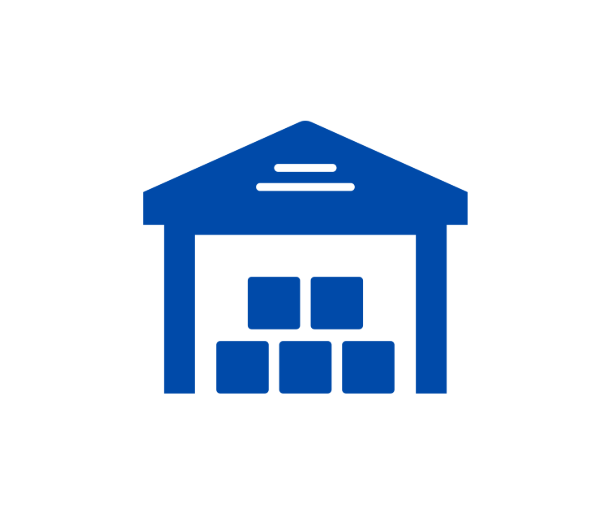
Logistics
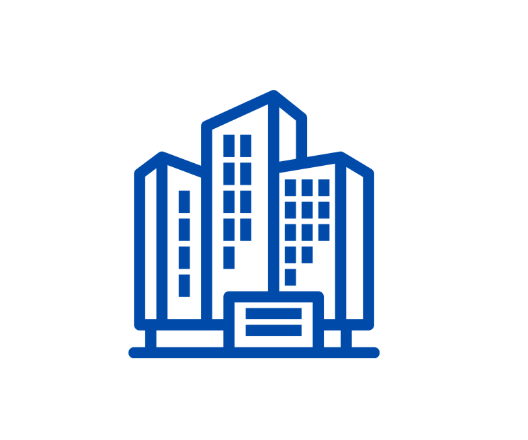
Property Management



